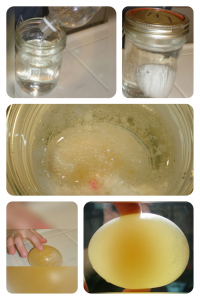Science and Technology
SIMPLE SCIENCE AND TECHNOLOGY EXPERIMENTS AT HOME
“Science is simply the word WE USE TO DESCRIBE A METHOD OF ORGANIZING OUR CURIOSITY”.
Experiment: – Naked Egg
Things you will need: – An egg (not hard boiled, just a regular egg), vinegar, a jar
Procedure: –
- Fill a glass with vinegar. Gently add the egg. Make sure there’s is enough vinegar to completely cover the egg.
- Here’s the hard part. Now you have to wait and see what happens.
- After about 12 hours you will notice a white foam on the top of the jar. That’s the egg shell.
- After about 2 days gently take the egg out of the vinegar. Rinse it off and what do you have? An egg with no shell! You read that right. An EGG WITH NO SHELL. How cool is that?!?!
How does this work?
- The shell of an egg (typically a chicken egg) is made up of primarily calcium carbonate. If you soak this egg shell in vinegar (which is about 4% acetic acid), you start a chemical reaction that dissolves the calcium carbonate shell.
- The acetic acid reacts with the calcium carbonate in the egg shell and releases carbon dioxide gas that you see as bubbles on the shell.
- The egg insides remain intact and are held together by the two fragile membranes just inside the shell. Weird, right? So it’s a naked egg.
- You can bounce the egg if you drop it about an inch or so above the counter top. It’s squishy! And if you hold it up to the light you can see the yolk in there moving around.

Varsha Paithankar
Primary Teacher
